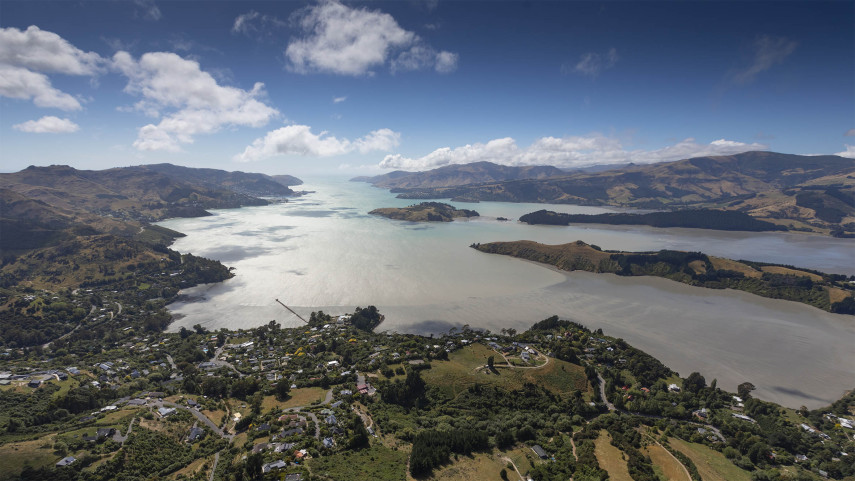
Feedback invited on ways to adapt to sea-level rise in Lyttelton Harbour

Share this story
People who live, work and play in Whakaraupō Lyttelton Harbour are being invited to help shape their futures and have their say when it comes to adapting public infrastructure to the increasing impacts of sea-level rise.
Christchurch City Council and the Whakaraupō Lyttelton Harbour and Koukourarata Port Levy Coastal Panel are seeking feedback on draft adaptation pathways for six at-risk coastal communities: Allandale, Koukourarata Port Levy, Purau, Teddington, Southern Te Wharau Charteris Bay and Rāpaki.
Rāpaki and Allandale
Wednesday 8 November, 6–7.30pm
Teddington and Charteris Bay
Wednesday 15 November, 6–7.30pm
Purau and Koukourarata
Tuesday 21 November, 6–7.30pm
The webinars will be recorded and uploaded to our website. Please register online at letstalk.ccc.govt.nz
The draft pathways – which have been guided by earlier feedback from the communities and supported by a technical advisory group – outline possible ways of responding to the impacts of coastal flooding, erosion and rising groundwater.
The Council will be holding online webinars in the coming weeks for people to learn more and ask questions about the proposals. People can give feedback on them until 10 December 2023.
Council Team Leader Coastal Hazards Adaptation Planning Jane Morgan says it is important the Coastal Panel hears from as many people as possible.
“The feedback we receive from this engagement will help our Coastal Panel of community and runanga representatives work out which combination of options to put forward to councillors as the preferred pathway for each community once the options have been developed in greater detail next year.
“If approved, these pathways will guide the management of public facilities and infrastructure, like roads, reserves and jetties, over the coming decades – so it’s important people spread the word and let us know what they think.”
Ms Morgan says adaptation pathways for communities could adopt a “hold the line” approach, where at-risk public assets were defended by options such as flood-proofing, but that this approach may only work for so long.
“Alternatively, we could work with nature and retreat assets further inland, which costs more at the outset but reduces the overall risk.
“Communities will also need to be better prepared to live with the impacts of climate change, with public facilities, like walkways and roads, being closed more frequently in the future as we experience more storm events, for example.
“We don’t yet have all the information about what the different options might look like if put in place, but we think it’s important to get people’s thoughts on them now, before we invest time and money drawing up plans that might not align with communities’ views.
“There’s also no guarantee at this stage that existing public facilities and assets will be maintained and available into the future. The closure, removal or retreat of different assets are options that may be considered in response to changing conditions and needs across the district.”
Ms Morgan says acting sooner rather than later is critical if the Council and communities are to get ahead of the impacts of sea-level rise.
“We know that sea levels are rising in response to climate change. Locally, they’ve risen by more than 10 centimetres over the last 15 years in Whakaraupō Lyttelton Harbour, and we expect to see a further 14 to 23 centimetres by 2050, and between 38 centimetres and one metre by 2100.
“This is going to have a big impact on how we live, use and move around our coastline and low-lying inland areas over time. There are some important decisions we can all be making now to make sure communities are better prepared, and that also includes private-property owners.
“We’ve directly contacted a number of people in the Whakaraupō Lyttelton Harbour to Koukourarata Port Levy area whose properties may be at risk from coastal hazards. The first step in adapting to the challenges is understanding the risks. This way, people can begin to think about the future and make informed decisions when it comes to their properties.”
Learn more about the draft adaptation pathways and give your feedback here.


